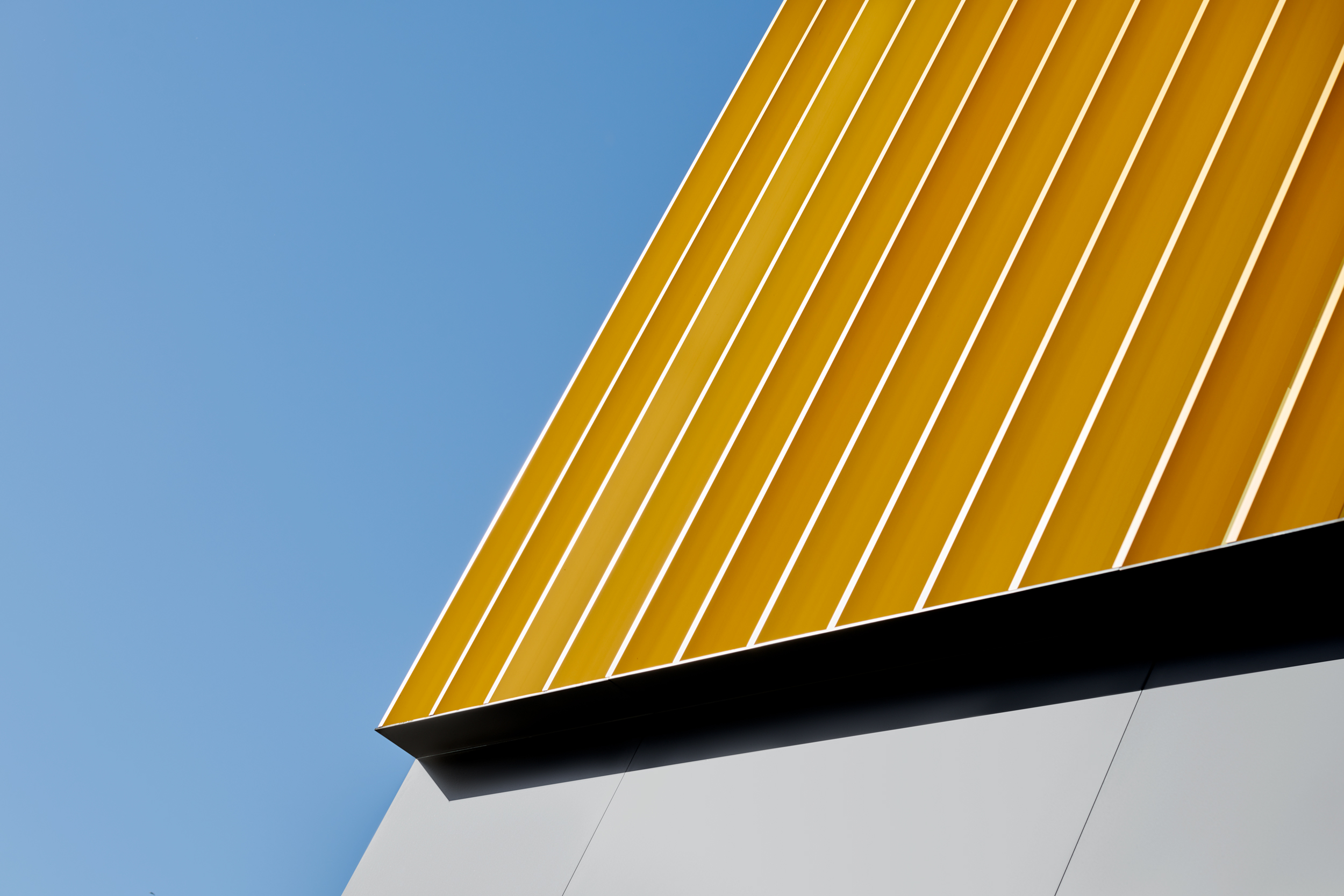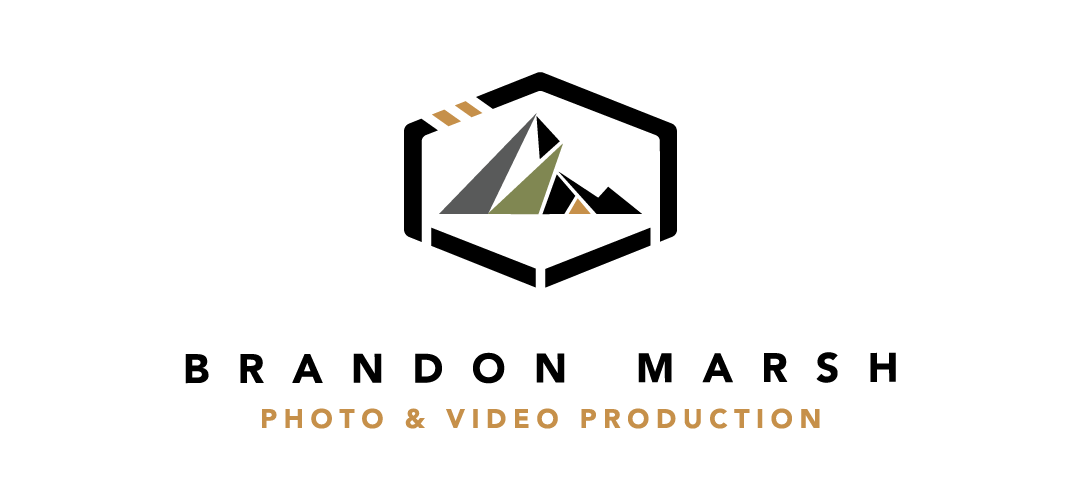Top 10 Questions to Ask When Hiring an Architecture Photographer

Have you worked with an architecture and interior design photographer in the past?
We know it can be daunting to select and hire the right fit, that is why the hiring process is so important.
Photographing architecture and interiors should always be a creative process involving both the client and the photographer. What makes a quality image is one that accurately documents the space, design, colors are consistent and realistic, the lighting clearly shows the important elements of the image and that you feel immersed in the space when viewing them. There are so many ways to achieve this but, we wanted to provide a bit of guidance to help narrow down your options.
Here are 10 Questions to consider asking the photographer you are interested in booking:
1. What is your beginning to end process? (Pre-Production, Production and Post Production)
The more you know about the full process from the photographers perspective, the better the shoot will be for you. They say knowledge is power and each stage of production is equally as important. If I were to put emphasis on one step over another, it would be pre-production. A well thought out plan is what sets you up for the success. Being detailed in communication is critical for both parties and will overall optimize the shoot. Take your time and don’t rush, rush jobs will always be compromised somewhere.
2. What is your approach to creating the images? Are the images captured with intention or is it a get in and get out sort of deal?
This will answer a few questions. If they are a run and gun kind of shooter you can expect the cost to be lower, you will likely receive a higher volume of images but, they will be less detail oriented and it will show in the overall experience and product. These shooters usually focus on Real Estate. Producing 40+ images in 1 hour. Not trying to sound negative, there is totally a place for these shooters in the industry, but, the quality of work will not be their selling point. The images will be strictly informational and often each image is trying to show you everything at once, causing the viewer to be unsure about what they are looking at.
If the photographer shoots with intention, they will be detail oriented, they will be more expensive, the image quality will be timeless, and a much greater long term investment for your company. These images are often more immersive and will have a more artistic/editorial approach. The focus is on creating accurate, long lasting images that truly highlight the quality craftsmanship and design. The number of images will vary based on the shoot length but, every image will serve a greater purpose. As a rough guideline, it is safe to assume that the photographer should be able to capture 25+ images for residential properties and 10+ for commercial properties per shoot day.
3. Do you work alone or work with a team?
A lone ranger can still be a talented photographer and get the job done but, we believe a team provides a higher level of service and has a greater advantage for being detail oriented. Our assistants contribute to helping us and our clients on set. They aren’t just an extra set of eyes and hands, they also help make the overall process more efficient allowing us to capture more images per shoot which in turn is a greater value for the client. We also have a wide variety of stylists who can be contracted to further stage the property.
4. Can we work with you to create the images?
We highly recommend being a part of every shoot. Send one person to speak on the behalf of your brand, it is crucial to communicate in advance what you want to highlight out of the shoot but, even more important to be present, and aid in the creation of the final images. Remember that you should trust your photographer’s skills and knowledge, but architecture and interiors is a work of art developed by many creators, the images should be no different.
5. Do you tether?
Asking this question will say a lot about the person you are hiring, and suggest that you’ve done your homework. Tethering is when a photographer shoots to a computer or tablet, allowing for an instant preview of the image on a larger monitor. This makes the collaborative process a much greater experience. We not only tether, but have the ability to connect you with a tablet as well so that you can preview the images comfortably while maintaining social distancing protocols due to Covid-19. You can bring your own iPad or Android tablet or we can supply one for you.
6. What information can I provide you with prior to quoting or the shoot?
From a photographers perspective, the more details you can provide upfront, the more accurately we can gauge and plan for the shoot. We always appreciate reference images or videos from your phone, even better is the opportunity to do an in-person or video walk through. Keep in mind that an in-person walk through may increase your budget a bit but, it will always yield the best results especially for large commercial properties.
7. What is your retouching process, how many revisions and timeline?
There is no rule here, everything will vary from photographer to photographer. No right or wrong answer as everyone will have a completely different workflow. What should be of importance to a high quality retouch is color accuracy and consistency, that the vertical & horizontal lines are straight, the image is well exposed (artistic approaches to lightning are encouraged as well) and, in general their work should be of the caliber that you want your business to be recognized for. As for revisions, you should expect at least 1 round of revisions and your photographer will love you if you are detailed and submit all revisions at once.
Timelines will definitely vary. Our typical timeline is 1-2 weeks, but during peak times it may be extended. The importance of this question is to make sure you have an expectation and can plan around it. If you have a specific deadline, this is when you should be discussing that. There is nothing worse than not communicating this and then needing to rush the job. Rush edits only hurt the final product and there is simply no way around compromising the quality of work. You can’t have FAST, CHEAP and QUALITY. You can only pick 2 max!
8. What will the image licensing include?
Licensing can be one of the most important aspects of purchasing any sort of creative services. Creatives in Canada by default hold copyright to their intellectual property and need to provide their clients with a usage license for the product. Don’t let this scare you or make you believe that you need to hold the copyright in order to use the images. What you need is to understand what you are allowed to do with the license assigned to you.
In most cases, you will be given a standard license which typically includes usage for Editorial, Trade Magazines, Trade Show Ads, Corporate, Website/Portfolio, Social Media, Competitions, and Wall Displays. This would not include third-party use, some may add an expiry date for the use whereas many others are offering usage in perpetuity.
The standard license includes what most people will need. If you were about to do a massive world-wide advertising campaign, this is when you should make sure you cross your “T’s” and dot your “i’s” with your photographer. It is usually a pretty quick negotiation with an additional fee to reflect the use. The reason not everything is included is because we want to make sure we are providing our clients with a great rate and that they aren’t paying for something they may never need. This is why larger companies often pay more, their reach, their profitability and the liability of the project is greater than a small firm focused on one region.
You may be saying “I have hired many photographers and have never had to deal with this” while that may be true, it is important to understand that there are many contractors who may not be fully aware of the laws surrounding the products they provide. You are likely not protected for the usage of those images from those shoots. It could turn into a copyright infringement battle at any point should that service provider change their mind about how you are allowed to use the images. That is why contracts are put in place, it is for everyone’s protection and clarity. If there is no contract or mention of usage license, you might want to reconsider who you are hiring as there is a large gap in their knowledge and professionalism. .
9. How many locations can you do per day?
This question will definitely depend on a lot of variables but, it doesn’t hurt to ask. If you are a woodworking company and only have a few areas of a home, we may be able to do 2-3 locations within a 30km radius. If you are planning to have an entire home or commercial space photographed, expect a full day shoot unless you are hiring a photographer specializing in Realtor or MLS style images. The added benefit of a full day is being able to capture a space when the sun is at different positions. You can capture the exact same angle of an exterior at sunrise, evening, and twilight and every image will be unique, highlighting the architectural features in its own way. These images will also serve a different purpose in your marketing material allowing for more variety and versatility.
10. What is your Pricing?
Finally, pricing is obviously an important question to ask and will be a big part of influencing the final decision – that being said, it should not be the make or break and that is why we left this one for last. The expression “you get what you pay for” is accurate in the world of photography. You may get lucky, but if not, it will be more expensive in the long run whether it means hiring multiple times for one project or more likely a loss in future income because the images really didn’t showcase what you do. A camera is only as good as the operator and the knowledge is extremely valuable.
BONUS QUESTION: Do you offer Cost-Sharing?
This is a great follow-up question when discussing fees. Never heard of cost-sharing? Head over to our article “What is Cost-Sharing?” To learn more about this amazing program.
Feel free to reach out if you have any questions, we know not everyone will be a good fit to work with, but we would love to make sure you are getting the best you can for your business. Click here to schedule a zoom or phone call with us.

